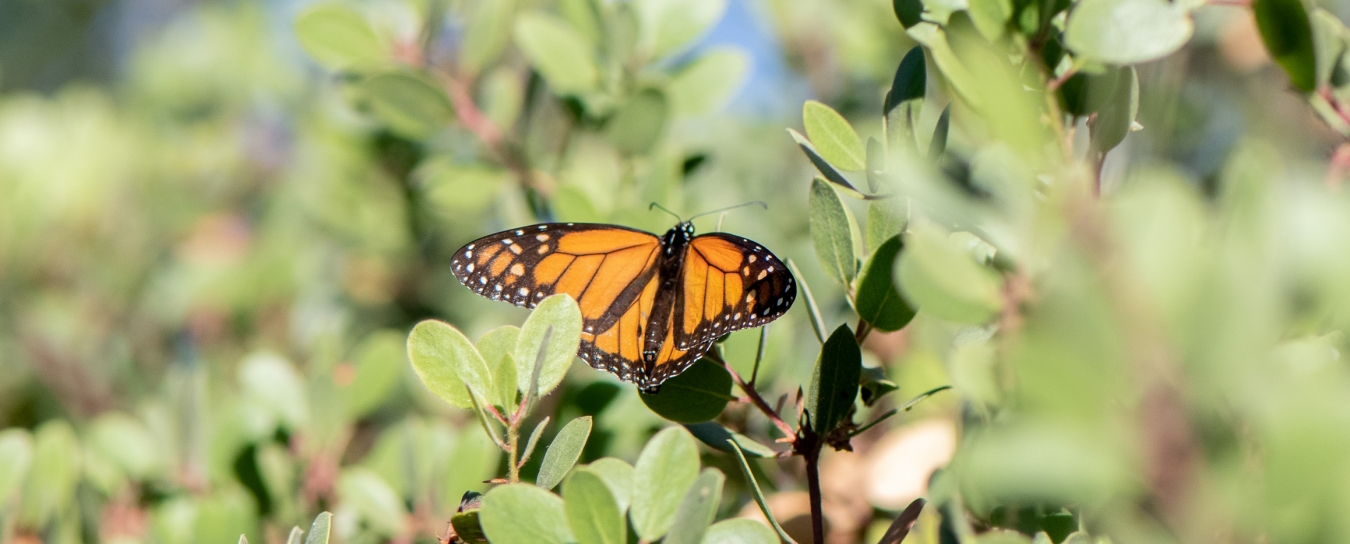
Invertebrates
See our handy guide to critters found in local homes and our Central Coast Butterfly FAQ. Browse the insects and other terrestrial arthropods we’ve identified. Check out local marine invertebrates, particularly bivalve mollusks and intertidal organisms.
- Anthropology
- Rocks & Fossils
- Invertebrates
- Vertebrates
- Botany
- Astronomy
- Fungi
- General
- Recently Asked
What type of antennae are these?
Any idea as to what species this is and why does it appear to have three antennae that are pointing to the rear of its head? The antennae also appear to be transparent, what is that item that runs the length of the inside of the antennae? I can't find anything on the web to explain the antennae on this specimen. This is not a complete specimen so trying to ID it may be somewhat difficult.
Thank you.
Curator Response
Hi Ken,
Hmm, I would need to have it in front of me to really examine it, but this looks like it may be an exuviae (molt) rather than a dead bug, hence the transparency you mentioned. In any case, either through being dead or a cast skin, it is distorted in a way that makes everything point a different direction, though the beak surely points to the rear in life.
When I say “beak,” I’m talking about the mouthparts. I think it is these that are throwing you off, because they can look like a third antenna, located between the two actual antennae. Once you know what to look for, though, you can tell they are mouthparts. In the most clearly focused of your photos (by the way, thank you for emailing us extra views from other angles), you can sort of see how these mouthparts are segmented. A true bug’s piercing-sucking mouthparts are formed from a part called the labium, which is grooved in the middle. The groove houses two pairs of stylets, morphologically representing the mandibles and maxillae (jaw parts). These come together to form an internal channel.
This is almost certainly a member of Auchenorrhyncha (the group of Hemiptera, or true bugs, including leafhoppers, treehoppers, planthoppers, and cicadas), and possibly a member of the large planthopper family Delphacidae. The long central beak pointing backwards from the head indicates Hemiptera; the funny slanted head with the flat face indicates Auchenorrhyncha; the long, stout antennae (also pointing backwards from under the head, but just inside each eye) and the very small size point to Delphacidae. That’s as far as I can narrow it down based on your photos; hope that’s helpful.
Stay curious,
Schlinger Chair and Curator of Entomology Matthew L. Gimmel


